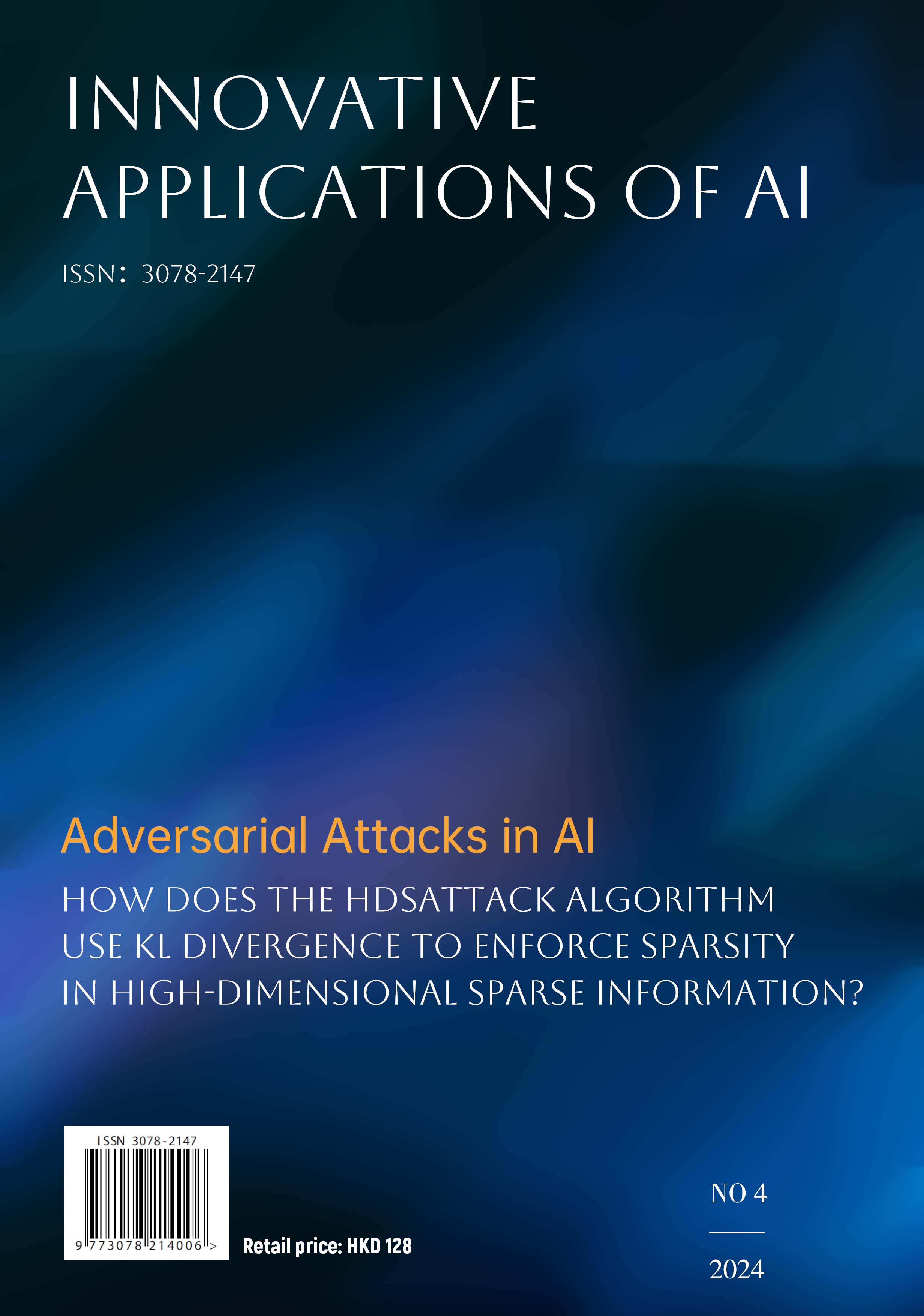A Building Carbon Emission Prediction Model Based on Optimized Machine Learning Model
DOI:
https://doi.org/10.70695/41ts7860Keywords:
Building carbon emission, CPSO-BPNN, FCS-SVM, Optimization algorithm, Machine learning, Emission reductionAbstract
To improve the performance of traditional machine learning model, this study employs the chaotic particle swarm optimization (CPSO) and the fuzzy cuckoo search (FCS) algorithm to enhance the BP neural network and support vector machine (SVM), leading to CPSO-BP and FCS-SVM model, respectively. Simulation results indicate that both optimization algorithms significantly enhance the predictive accuracy of their respective models. The relative error of the FCS-SVM decreases by 2.68%, while the CPSO-BP model reduces by 9.75% compared to their pre-benchmark model. Although the CPSO-BP model demonstrates a more substantial improvement in the simulation, the performance of FCS-SVM remains superior to that of CPSO-BP model. Subsequently, the FCS-SVM model was selected to forecast carbon dioxide emissions in China's construction industry from 2022 to 2025, and the results were thoroughly analyzed. The findings indicate that total carbon emissions are expected to rise over the next four years; however, the growth rate is projected to slow significantly. Additionally, carbon emission intensity is anticipated to continue declining until 2023, although the rate of decline will be minimal.
